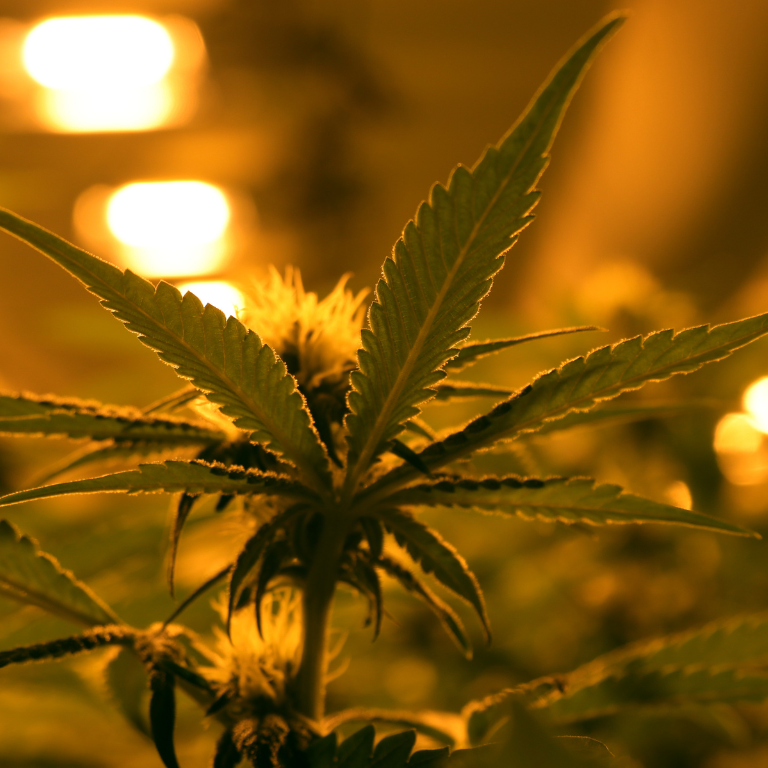Cannabis Cultivation Trends in the United States

The cannabis industry in the United States is experiencing unprecedented growth, driven by increasing legalization and a growing acceptance of cannabis for both medical and recreational use. As a result, cultivation practices have evolved significantly. This article explores the latest trends in cannabis cultivation in the U.S., highlighting technological advancements, regulatory shifts, market dynamics, and sustainable practices.
State-by-State Legalization
The legal status of cannabis varies widely across the United States. States like California, Colorado, and Oregon have fully legalized cannabis, allowing for both medical and recreational use. This patchwork of laws creates a complex landscape for growers, who must navigate varying regulations and compliance requirements.
Federal Regulations
Despite state-level progress, cannabis remains illegal at the federal level. This discrepancy poses challenges for interstate commerce and access to banking services. However, there is growing momentum for federal reform, which could significantly impact cultivation practices and market dynamics.
Technological Innovations in Cannabis Cultivation
Indoor cultivation allows for greater control over environmental conditions, leading to higher quality and consistency. However, it is more energy-intensive and costly. Outdoor cultivation, while more sustainable, is subject to environmental variables. Hybrid approaches, using greenhouses, combine the benefits of both methods.
Advanced Growing Techniques
Technological advancements are revolutionizing cannabis cultivation. Techniques such as hydroponics, aeroponics, and aquaponics are becoming more prevalent. These methods allow for precise control over nutrient delivery, leading to faster growth and higher yields.
Automation and AI
Automation and artificial intelligence (AI) are increasingly used to optimize cultivation processes. Automated systems control lighting, temperature, and humidity, while AI analyzes data to predict plant health and optimize growing conditions. These technologies enhance efficiency and reduce labor costs.
Sustainability in Cannabis Cultivation
The high energy consumption of indoor cultivation has raised concerns about environmental impact. Growers are adopting energy-efficient technologies, such as LED lighting and renewable energy sources, to reduce their carbon footprint.
Water Conservation
Water conservation is another critical aspect of sustainable cultivation. Techniques like drip irrigation and closed-loop systems minimize water waste. Reusing and recycling water in hydroponic systems also helps conserve this vital resource.
Organic Growing Practices
Many growers are shifting towards organic cultivation methods, avoiding synthetic fertilizers and pesticides. Organic practices not only produce cleaner cannabis but also promote soil health and biodiversity.
Market Dynamics and Consumer Preferences
As the market matures, consumers are becoming more discerning, demanding high-quality products with specific cannabinoid and terpene profiles. This shift is driving growers to adopt more sophisticated cultivation techniques to meet these expectations.
Craft Cannabis Movement
The craft cannabis movement is gaining traction, emphasizing small-scale, artisanal production. Craft growers focus on quality over quantity, using sustainable practices and heirloom strains to produce unique and high-end products.
Edibles and Concentrates
The popularity of edibles and concentrates is influencing cultivation trends. Growers are now selecting strains with specific profiles suitable for extraction and infusion, tailoring their cultivation practices to meet the demands of these growing market segments.
Challenges and Opportunities in U.S. Cannabis Cultivation
Compliance with varying state regulations is a significant challenge for growers. Each state has its own rules regarding licensing, testing, and packaging, requiring growers to stay well-informed and adaptable.
Banking and Finance
The federal illegality of cannabis complicates banking and finance. Many growers operate on a cash basis, posing security risks and financial management challenges. However, ongoing efforts to pass federal banking reforms could alleviate these issues.
Labor and Workforce Development
Finding skilled labor is crucial for successful cannabis cultivation. Training and workforce development programs are emerging to equip workers with the necessary skills. This trend is vital for maintaining quality and efficiency in the industry.
Future Trends in Cannabis Cultivation
The prospect of federal legalization is one of the most significant potential changes on the horizon. If cannabis becomes legal at the federal level, it would open up interstate commerce, improve access to banking, and standardize regulations, significantly impacting cultivation practices.
Genetic Research and Strain Development
Ongoing genetic research is likely to yield new cannabis strains with optimized traits such as higher potency, disease resistance, and specific cannabinoid profiles. These developments will enable growers to better meet market demands and improve crop resilience.
Integration of Technology
The integration of cutting-edge technologies will continue to shape the future of cannabis cultivation. From advanced sensors and data analytics to blockchain for supply chain transparency, technology will play a critical role in enhancing efficiency, quality, and compliance.
Cannabis cultivation in the United States is undergoing rapid transformation, driven by legalization, technological advancements, and evolving market demands. While challenges remain, the industry’s future looks promising as growers continue to innovate and adapt. By embracing sustainable practices, leveraging technology, and staying informed about regulatory changes, the U.S. cannabis cultivation sector is poised for continued growth and success.











